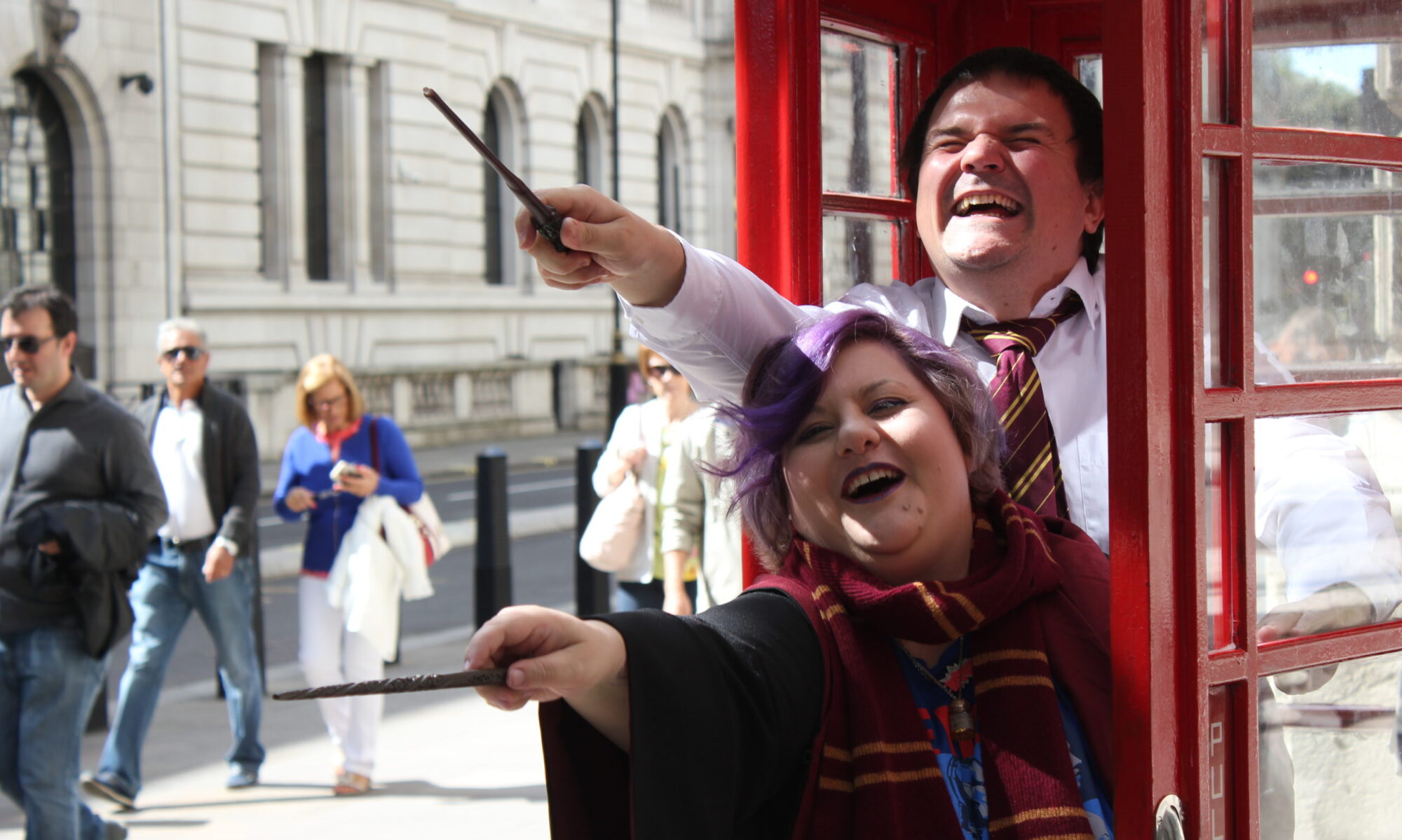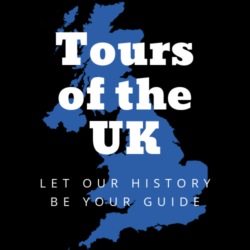Doctor Who’s “Rogue” and the real rascal of Tredegar House by Dr Emily Garside
In ‘Rouge’, Doctor Who landed the TARDIS again in the famous filming location Tredegar House. The house has been featured in many episodes since the 2005 reboot of the series. It is the National Trust’s most used filming location, and every Doctor since David Tennant has visited there at some point, including now newest Doctor Ncuti Gatwa. Episodes filmed there include Tooth and Claw, The Christmas Invasion, The End of Time and now Rouge.
In Rogue, the Doctor and companion Ruby travel to 1813, where they meet a mysterious bounty hunter named Rogue (Jonathan Groff), who is trying to hunt and kill a criminal member of the shape-shifting Chuldur species. At first, the Doctor and Rogue bicker but attempt to stop the Chuldur on the same side. As part of the plan, the Doctor asks Rogue to dance and stages an argument with him, with Rogue professing love and offering a ring. They kiss, offering a 19th-century romance worthy of Bridgerton- the show the Chuldur is impersonating.
The Doctor and Rogue have a period romance set against the backdrop of the iconic Tredegar house. But could Rogue be a version of one of Tredegar’s former inhabitants?
The most notable, and indeed most ‘eccentric’ of these, was Evan Morgan, 2nd Viscount Tredegar, the ‘eccentric and roguish’ lord known for parties, potential queer romance and also, an alligator in the bath…
Evan Morgan wasn’t the family’s first, slightly eccentric member, but he was the most notable. The 13th Duke of Bedford described the Tredegar family as ‘the oddest family I have ever met.’ His early life was much like any aristocracy; He was the son of Courtenay Morgan, 1st Viscount Tredegar, of Tredegar Park, Monmouthshire, and Lady Katharine Carnegie. The 2nd Viscount was educated at Eton College and Christ Church, Oxford University. While working as private secretary to a government minister, W. C. Bridgeman, in 1917, he became friendly with another Oxford man, the poet Robert Graves, a school friend of Evan’s cousin, Raymond Rodakowski. They shared an interest in both poetry and the supernatural Such things were possibly the start of more ‘eccentric’ pursuits…
He had a standard youth and early adulthood by middle aristocracy standards. He fought in the First World War, gaining the rank of lieutenant in the service of the Welsh Guards. During the Second World War with MI8, his responsibility was to monitor carrier pigeons. This also did not go to plan; He was known to let departmental secrets slip to two girl guides and was court-martialed but not sent to jail or worse. After the war and military service, he tried his hand at politics. In 1929, he unsuccessfully stood as the Conservative candidate for Limehouse.
After his father’s death in May 1934, Evan Morgan took possession of the family seat of Tredegar House near Newport, where it’s fair to say he began to ‘indulge’ his eccentricities. At Tredegar, he lived alone with a menagerie of animals and birds. He dedicated one room, his ‘magik room’, to studying the occult. Monmouthshire had seen a lot to unpack in the ‘oddest family’. His obsession with religion- or, more accurately, death- was something that fueled his occult interests. Historian Paul Busby, who has researched the family and Tredegar’s history, said,
“Throughout his life, Evan was always obsessed with death and converted to Catholicism in 1919 and became a passionate Catholic. He even became chamberlain to the Pope.”
Indeed, as a Roman Catholic convert, Morgan was a Chamberlain of the Sword and Cape to Popes Benedict XV and Pius XI. Busby continued;
‘In 1924, he decided to train for the priesthood, but during the same year, he was told he wasn’t cut out to becoming a priest.”
These more ‘eccentric’ pursuits weren’t limited to a perhaps overly enthusiastic interest in Catholicism; he was also an occultist interested in that form of religious/magical elements. Indeed, he was hailed by Aleister Crowley, the English occultist, as Adept of Adepts This relationship with Aleister Crowley- an infamous occultist known as ‘the oddest man in the world’- naturally attracted local attention. Joyce Williams, whose grandmother worked in Tredegar house, told a local paper about the ‘odd’ behaviour she had heard about there. Her grandmother would report on the ‘odd’ events and behaviour from Evan, and she goes on to say,
‘My mum told me that Nan said Evan had very distinct features – a bird-like nose. He was an odd guy; that’s the impression I have of what I was told. He did have a lot of famous friends. He was a good friend of Aleister Crowley.’
In his book Let The Petals Fall, the Irish writer Robin Bryans references the 31-year-old’s occult activities.
‘Evan most liked to dress up as the poet Shelley, whose remains lay in Rome’s Protestant Cemetery, where Evan astonished onlookers by going into violent convulsions to communicate with the dead poet.’
Evan was actively involved in groups in London, using the pseudonym ‘Black Monk’. His interest in the occult was undoubtedly one thing that made the neighbours of the surrounding area question the activities going on at Tredegar House. But then there were the animals…
In Morgan’s defence, it wasn’t that unusual for the aristocracy to collect exotic plants and animals- after all, with often abundant funds and a need to ‘stand out’ in society, this had long been a pursuit of the upper classes, particularly those with links to British Colonies (so most of them). However, it’s fair to say Morgan took things somewhat to extremes, and soon, Tredegar House was full of bursting with various animals. These included a boxing kangaroo, parrot, alligator, and baboon. The animals entertained guests well during outlandish weekend parties in the house and were known about locally. On tours of the house (now run by the National Trust), guides often reference the parties where the alligator was residing in the bath. While the phrase ‘come and see my alligator’ might sound like a euphemism, and indeed something Doctor Who’s other loveable rouge Captain Jack might invite you to do. It was a sincere invitation in Morgan’s case. Worryingly, the parties, combined with wild animals, were lavishly alcoholic (along with no doubt other substances), resulting in, if not the ‘oddest’, then certainly one of the wildest families Tredegar House has seen.
Morgan loved the literary set, with many being frequent visitors to Tredegar. He also loved a writer, Ronald Firbank, who was known to be his most significant relationship. Firbank was the author of eight short novels that took inspiration from 1890s London and the world of Oscar Wilde and society. This, combined with his interest in religion and social climbing in his writing, would indicate why he and Morgan got along. They would be the most significant relationship in each other’s lives, with Firbank dying at just 40 of lung disease. At the same time, Morgan would die at 55. With Morgan’s death, the viscountcy at Tredegar became extinct, though his Barony passed onto his 76-year-old Uncle, who passed it to his son John, who became the 6th Baron. In 1951 this ended the Morgan tenure at Tradegar, and the house was bought by the Catholic Chruch and became a convent school, St Joseph’s. In 1974 it was bought by Newport Council, who restored and preserved elements of the original house, and in 2012 taken over by the National Trust. Since 2012 it has been run as a historic visitor attraction by the National trust, who also provided free access to the park surrounding it. It has of course also become a hotspot in filming locations since the mid 2000s.
Fiction has followed the house, since after the Morgan’s left, but fiction was also Evan’s legacy. Evan inspired the characters of Ivor Lombard in Aldous Huxley’s 1921 Crome Yellow and Eddie Monteith in Ronald Firbank’s The Flower Beneath the Foot—showing his reputation for eccentricity and rougish behaviour was well known even then. And so perhaps, the link to Rougue is not just that of the physical house, but the man (and alligator) who lived there?
On a serious note, while he was an eccentric, his sexuality remained hidden in any public sense for much of his life, like much of those of his era. Another reminded, too then, that historical queerness visible on screen, even in a fictionalised way, like in Doctor Who, reminds the importance of visibility in the present day, but also as a reminder of the queer history lost to us.
No record remains of what precisely happened to the alligator…Perhaps there was some rift in time and space at Tredegar all along.
But Evan Morgan was the dashing, certainly ‘sexually ambiguous’, certainly flamboyant Lord of Tredegar…maybe Rogue has his roots in this famous Doctor Who filming location after all…
About the Author - Dr Emily Garside
Emily Garside is a researcher, writer and all round nerd. She spent many years as an academic and lecturer, beginning with her PhD on theatrical responses to the AIDS crisis and the evolution of LGBTQ theatre. Since leaving academia, she has worked with organisations like Bishopsgate Insitute and London Playwrights to share Queer history and culture. As a journalist, she is a regular contributor for The Queer Review and has written for American Theatre, Slate, BBC and The Stage.

